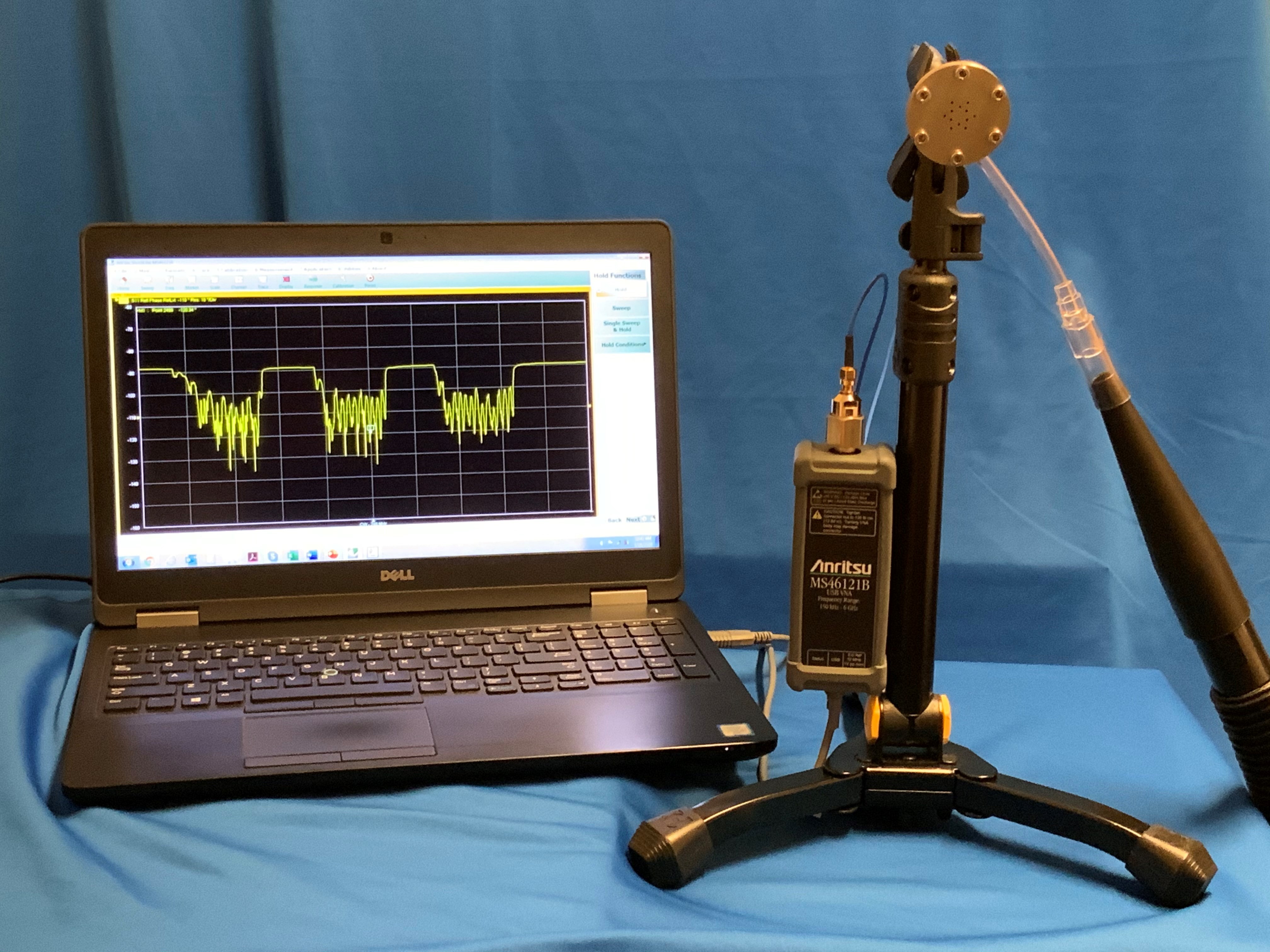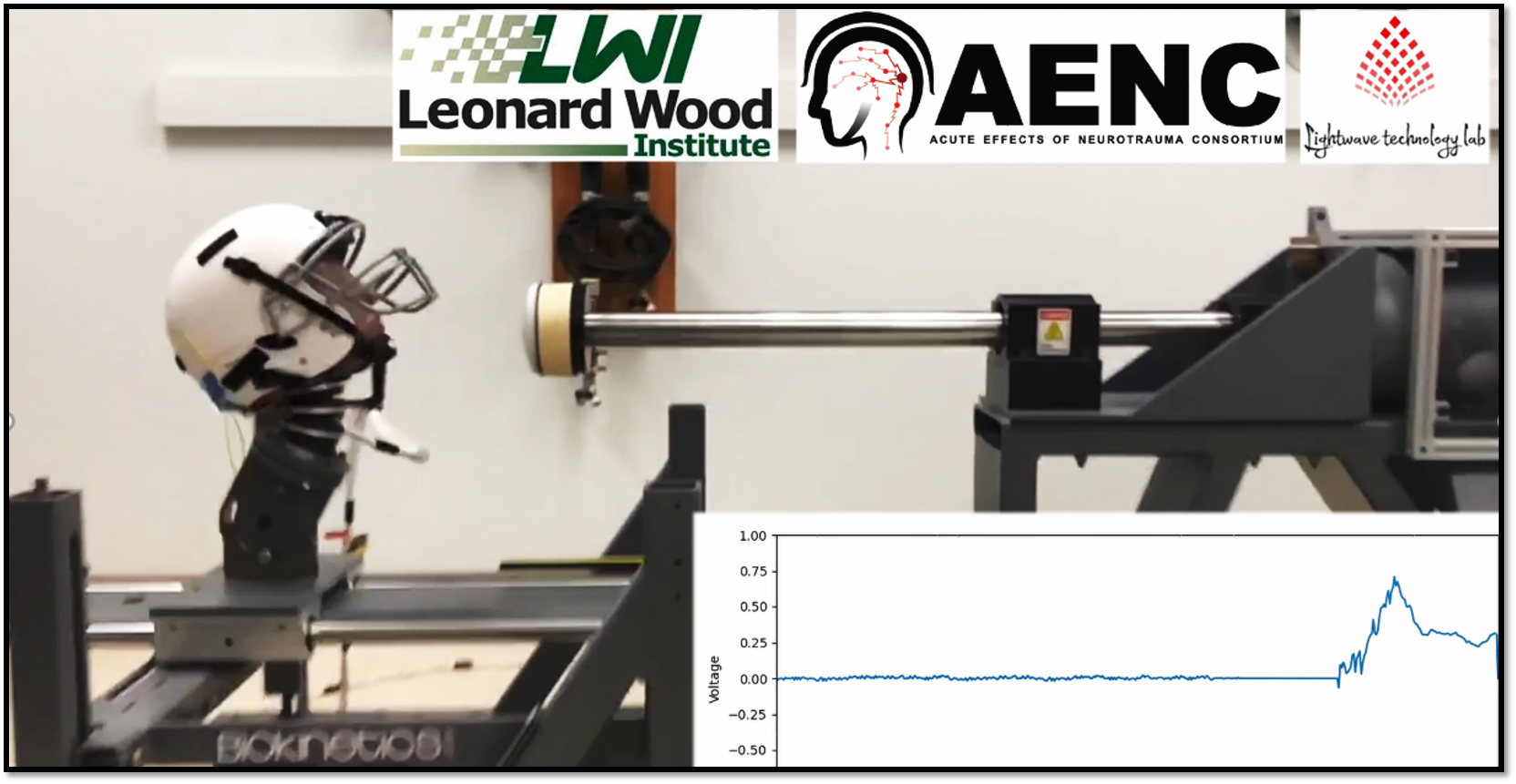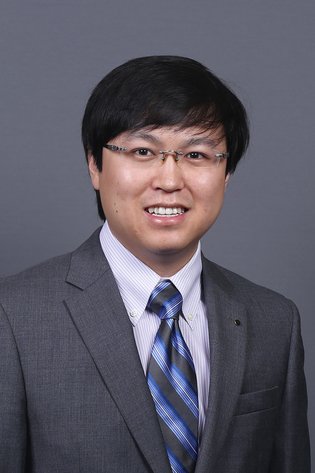National Institute of Health Grants Funds to COVID-19 Researchers
Drs. Jie Huang and Rex Gerald II have received multiple funding from the NIH to build a less expensive, more effective COVID-19 Test

For the past several years, the Lightwave Technology Laboratory has been leading the industry in innovative new sensor technologies. The lab, lead by Dr. Jie Huang, an assistant professor of Electrical and Computer Engineering, is no stranger to emerging technologies in the fields of sensing and fiber optics. However, with the now ever-constant presence of the SARS-CoV-2 virus, the lab has gained even more credibility in their ability to work quickly despite the challenges that face them. Most recently, Dr. Huang has been hard at work with his research collaborator Dr. Rex Gerald II to create a low-cost, high-accuracy portable testing apparatus for the SARS-CoV-2 virus. The research team believes to be well on their way to creating the best testing technology for this virus, along with other human diseases, with the invention of their MOF-SCENT probe technology. The pair does not seem to be alone in this belief either. Dr. Huang's lab has just received a $711,054 grant from the National Institute of Health in response to their project titled "MOF-SCENT: Metal Organic Frameworks for Screening COVID-19 by Electronic-Nose Technology to Improve Selectivity and Time Response". In the past year, Dr. Huang’s lab has also received another $363,091 from NIH investigating the sensitivity and specificity of the electronic sensor technology and $200,000 from the National Science Foundation, a fundamental science-driven program to identify the limit of detection for changes in permittivity caused by solid organic particles. The outcome of these two projects support the earliest stages of the proposed MOF-SCENT technology.

The MOF-SCENT test aims to improve on current testing technologies by providing improved sensitivity with real-time results in an apparatus that is portable, low cost, mass produced, and requires no chemical consumables. This would significantly improve on the current testing technologies, with the most popular being the rRT-PCR test, which relies on chemical reagents and nasal swab to determine if an individual is sick with the COVID-19 virus. MOF-SCENT is an inherently extensible technology; it can be expanded to sense new diseases using MOFs with unprecedented chemical and structural tunability for sensing expanded panels of volatile organic compounds (VOCs). The MOF-SCENT approach is only based on the adsorption/desorption of neutral molecules (VOCs) in contradistinction to the well-established E-nose technology. The conventional E-nose technology is based on reactive charged species from VOCs caused by electron transfer reactions in electrochemical processes. Reactive charged species may produce reaction byproducts that interfere with the active sensor sites and cause false positives and negatives. The breath analyzer test proposed by the lab would allow for continuous monitoring and detecting of potential virus carriers so as to mitigate any widespread infections within a community. They aim to deploy this technology in doctor's offices, community health clinics, schools, and businesses. The overall result would be a drastic decrease in COVID-19 transmission due to increased vigilance and real-time results.
Investigators Mentioned
Dr. Jie Huang
Assistant Professor
Electrical & Computer Engineering
- jieh@mst.edu
- Phone: (573) 341-4836
- 214 Emerson Hall
Personal Website:



Follow Intelligent Systems Center